
Fujifilm X-E5 | The X100VI’s Modular Twin?
When Fujifilm announced the X-E5, it set off immediate ripples across the photography community. Was this, as many have speculated, essentially an X100VI with interchangeable lenses? On first glance, the similarities are striking. Both cameras share a design ethos that channels Fujifilm’s analogue past while embracing the cutting-edge of digital imaging. But where the X100VI is a sealed, all-in-one unit, the X-E5 takes a modular approach, inviting photographers into the full ecosystem of X-mount lenses and offering flexibility without sacrificing charm or performance.
Now, with hands-on time in the vibrant streets of Valencia, thanks to Fujifilm’s kind invitation, it's clear that the X-E5 isn’t simply a stripped-down sibling of the X100VI. It’s a camera that stands confidently on its own, delivering premium build quality, impressive tech, and an everyday usability that feels tailored to modern creators.
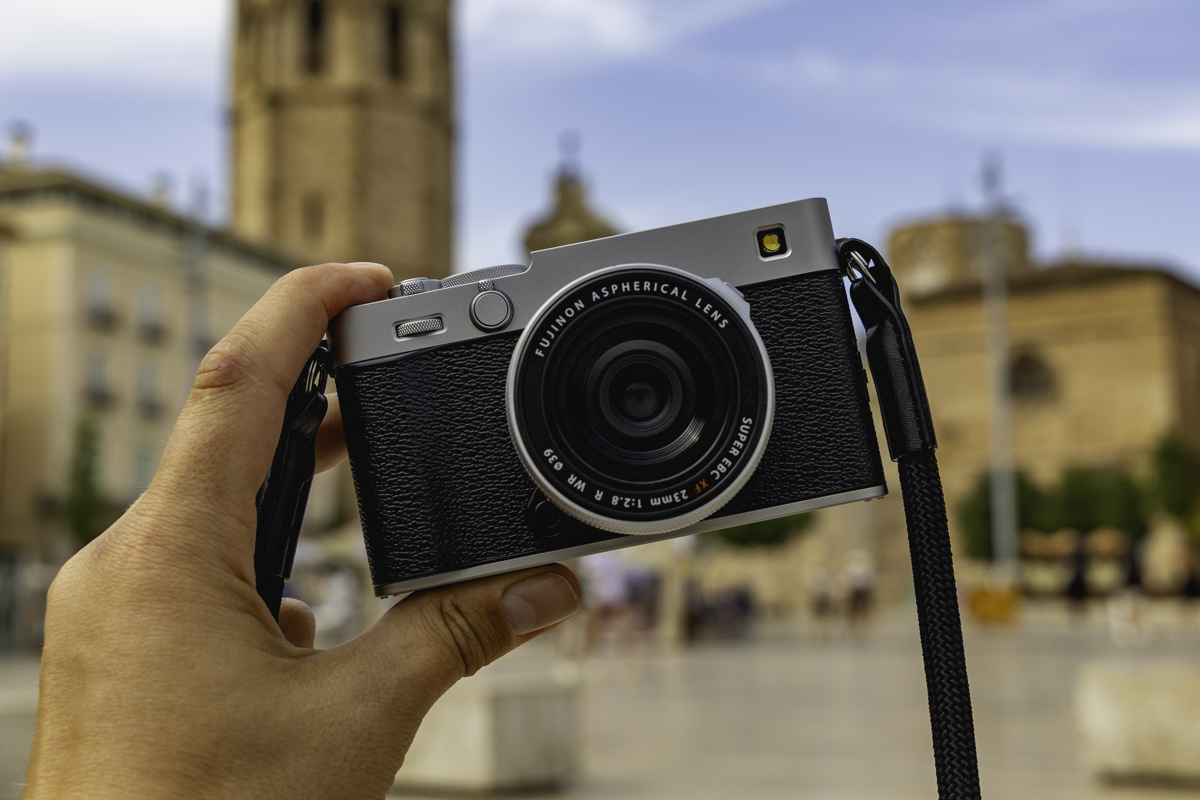
From the first touch, the X-E5 asserts itself as more than just an update to the X-E4. Gone is the slightly plastic feel of the older model, replaced with a finely honed metal body that mirrors the craftsmanship of Fujifilm’s more premium lines like the X100VI, X-T5, and GFX series. The top plate is now machined aluminium, giving it a sturdy yet refined presence. In both black and silver finishes, the camera exudes a sense of purpose and nostalgia, with crisp bevels and detailing that speak to Fujifilm’s design heritage.
A new contoured grip has been subtly introduced to improve handling, especially for users who found the X-E4’s compact, almost minimalist design hard to hold. The result is a camera that still slips easily into a jacket pocket, but now feels more secure and substantial in the hand. It’s a subtle tweak, but one that makes a meaningful difference in day-to-day shooting.
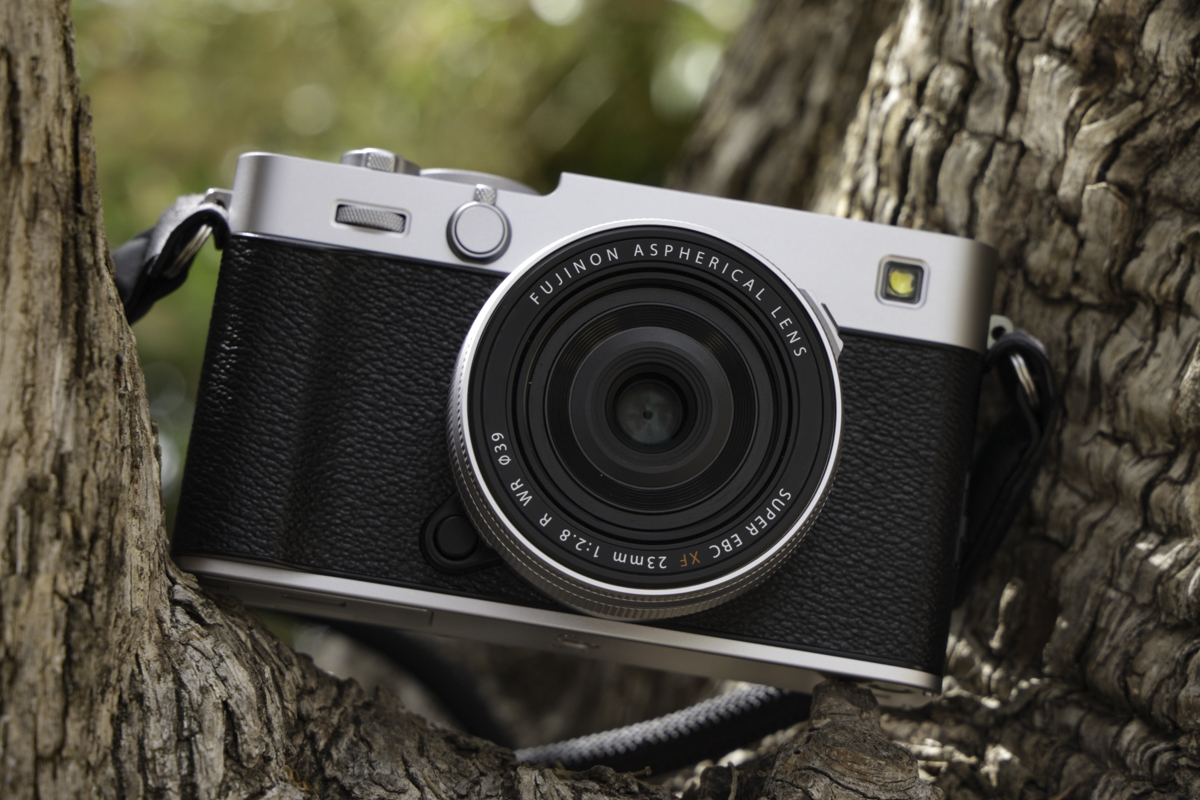
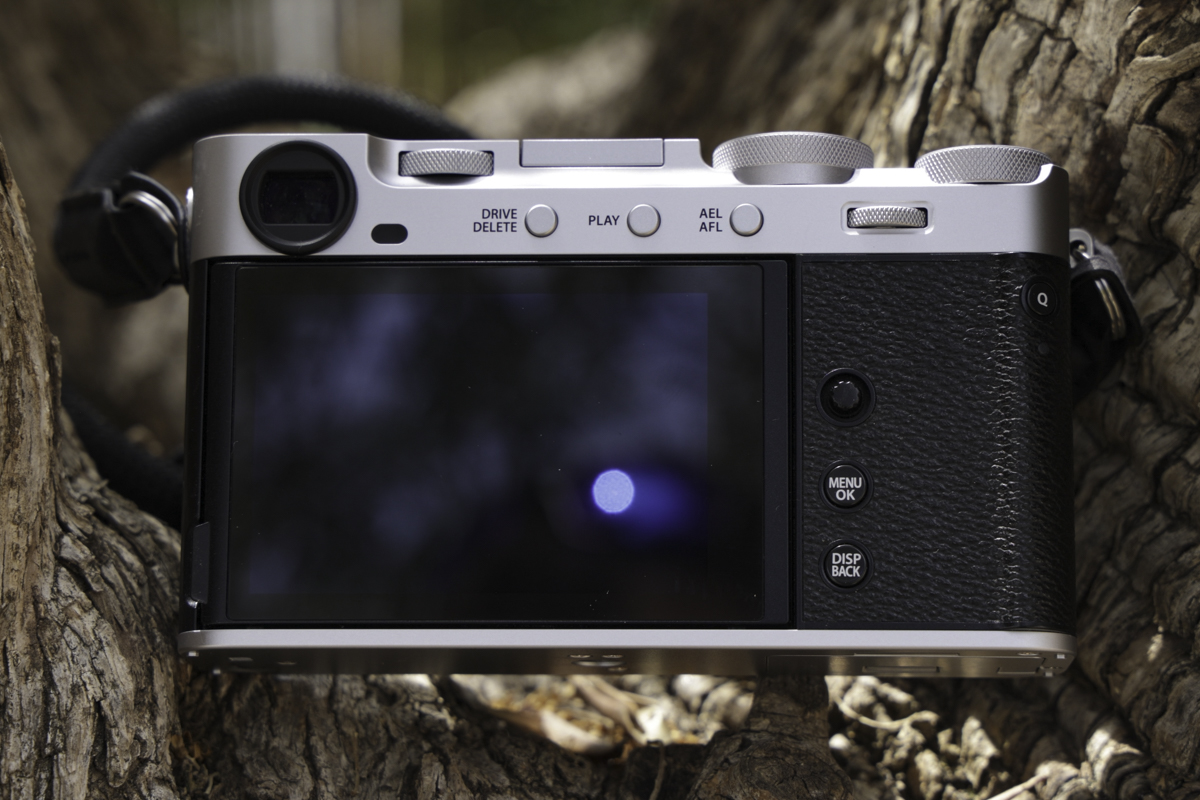
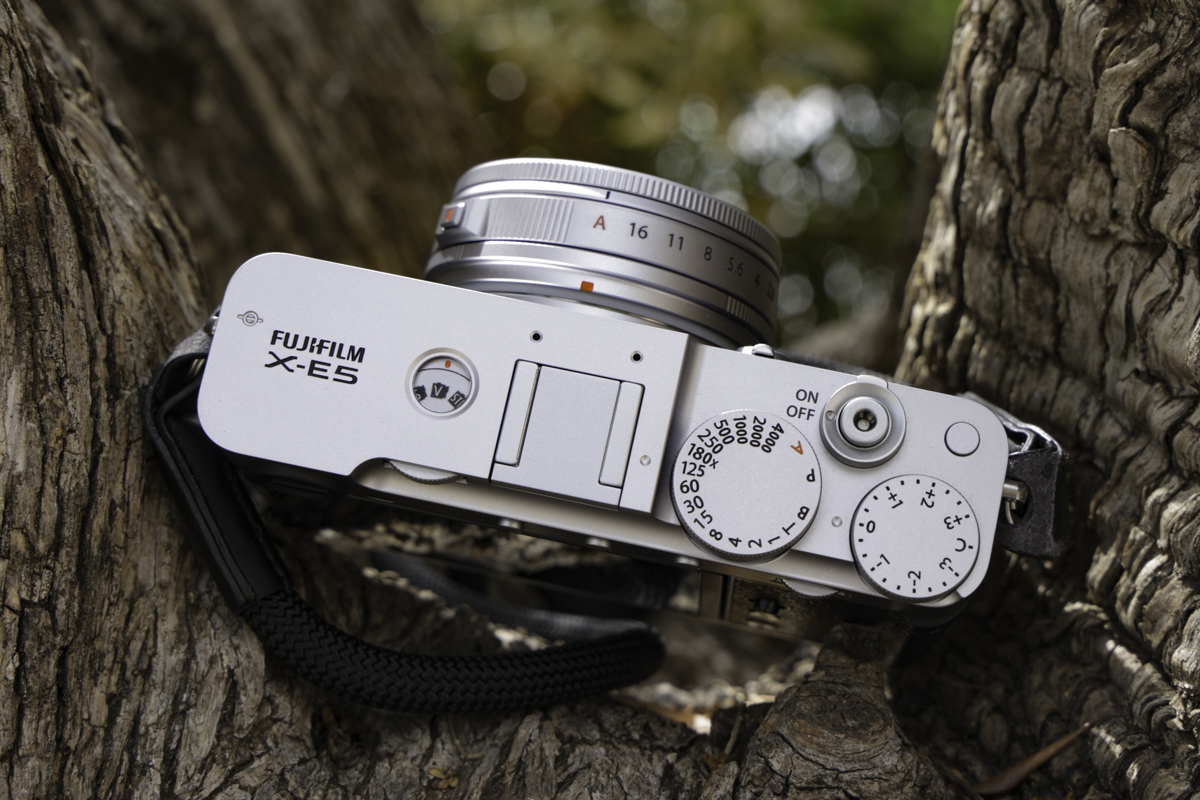
Complementing the X-E5 is a newly announced lens that feels like a natural partner: the XF 23mm f/2.8 R WR. Weighing in at just 90 grams, this aluminium-bodied lens is styled to match the sleek lines of the camera and delivers a 35mm equivalent field of view, perfect for street, travel, and everyday moments.
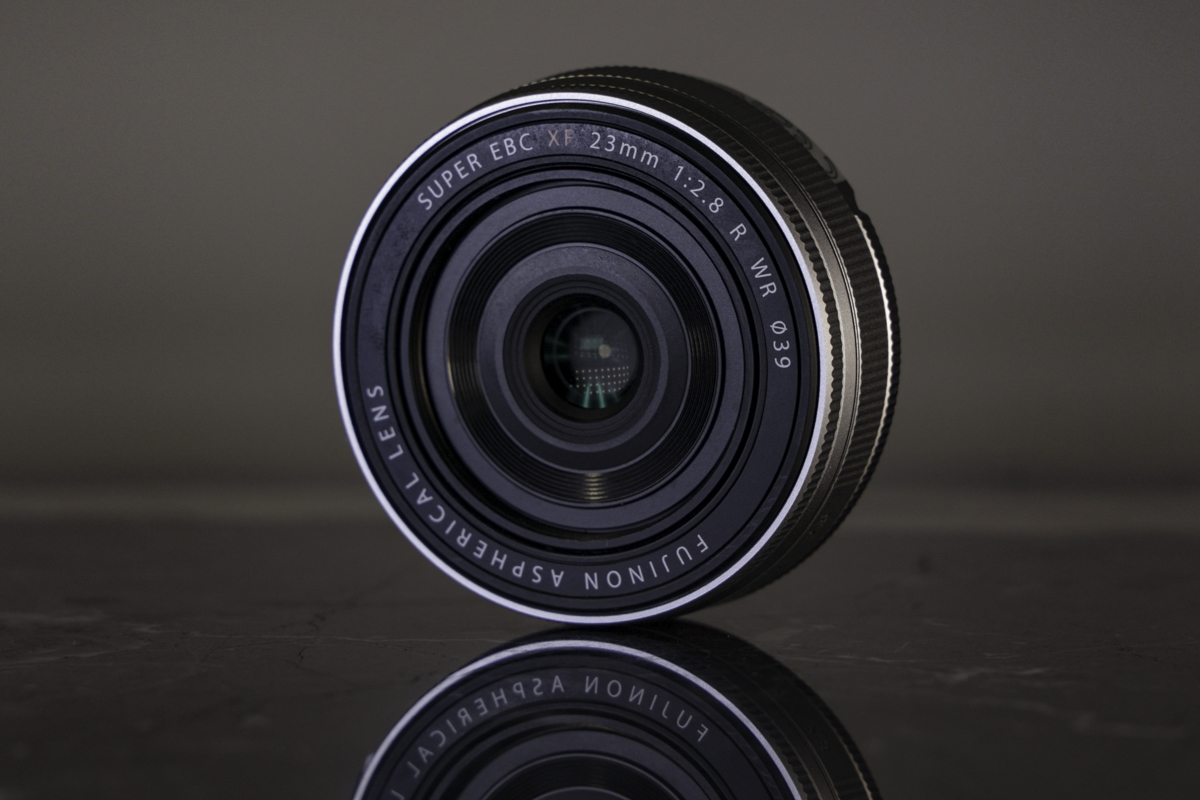
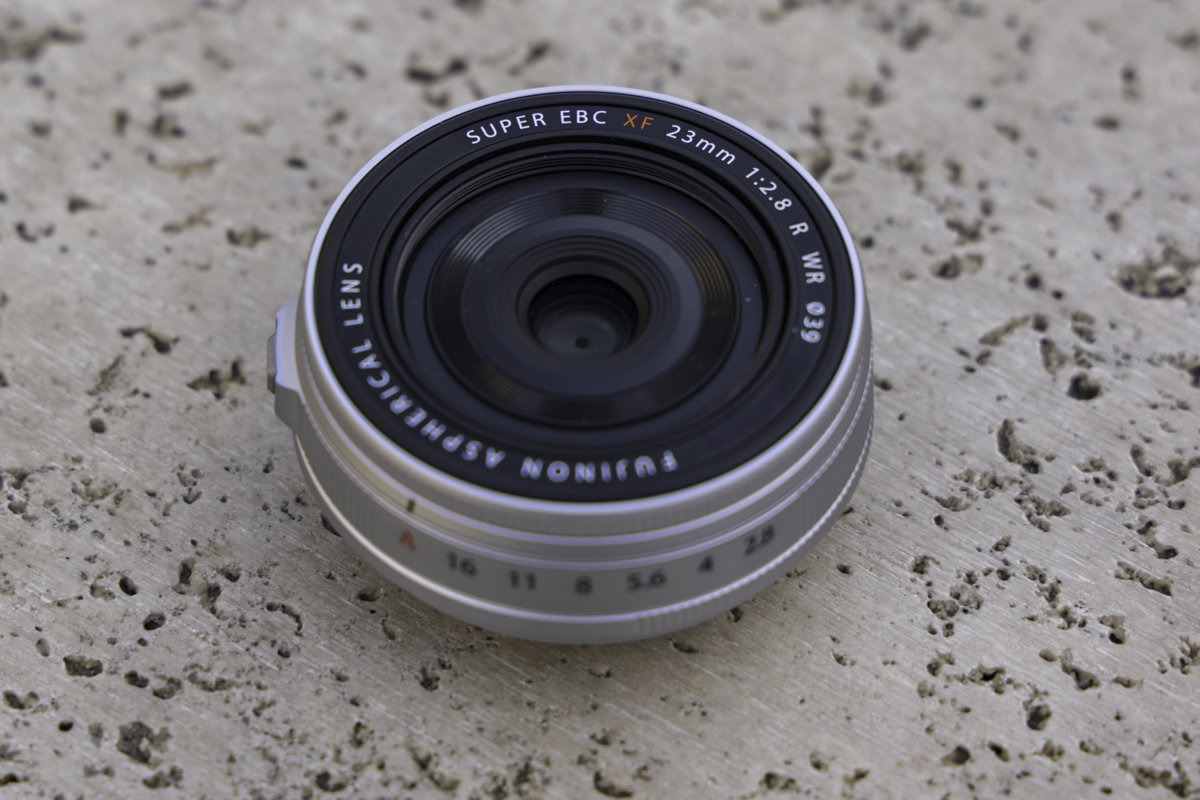
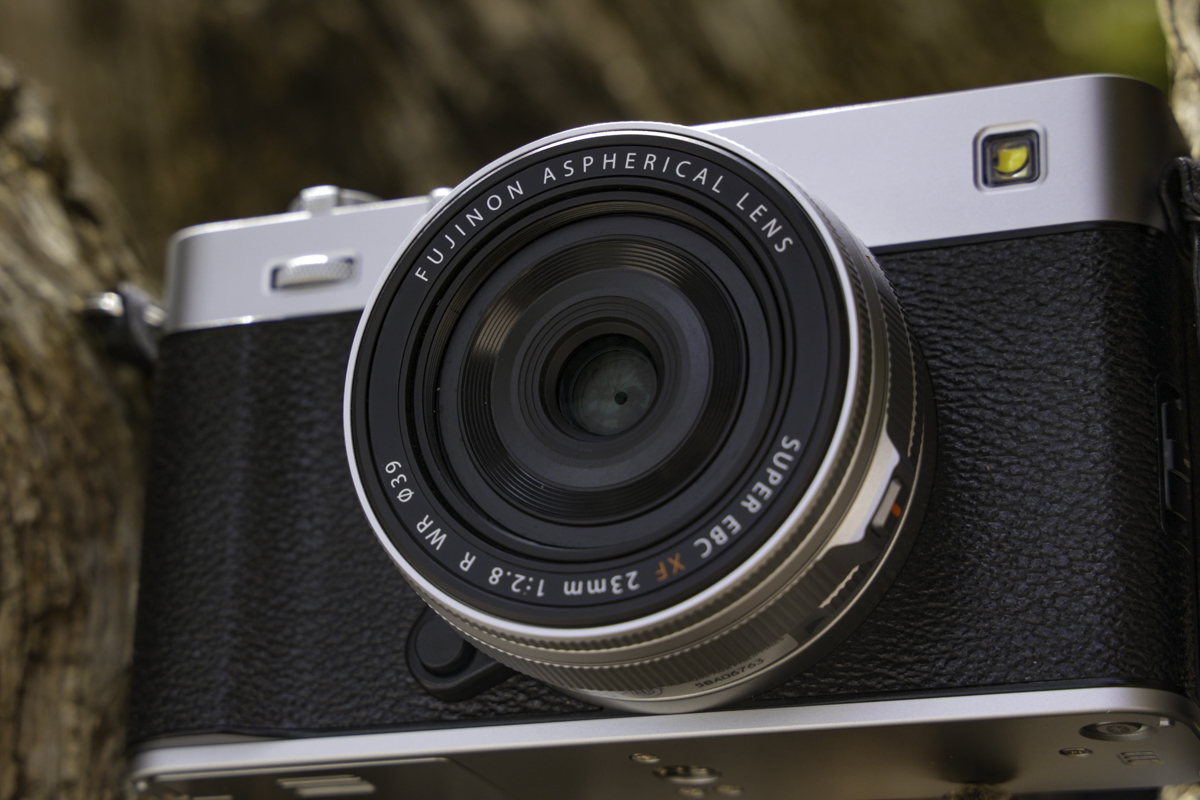
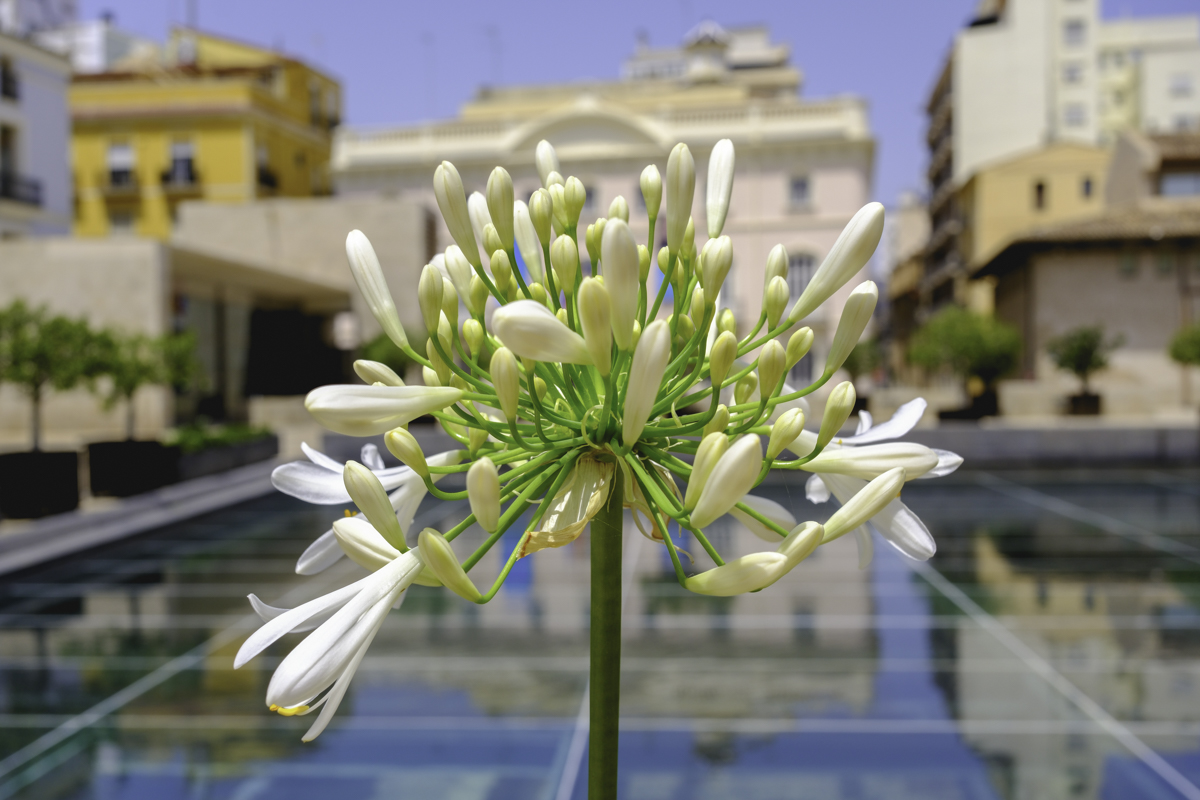
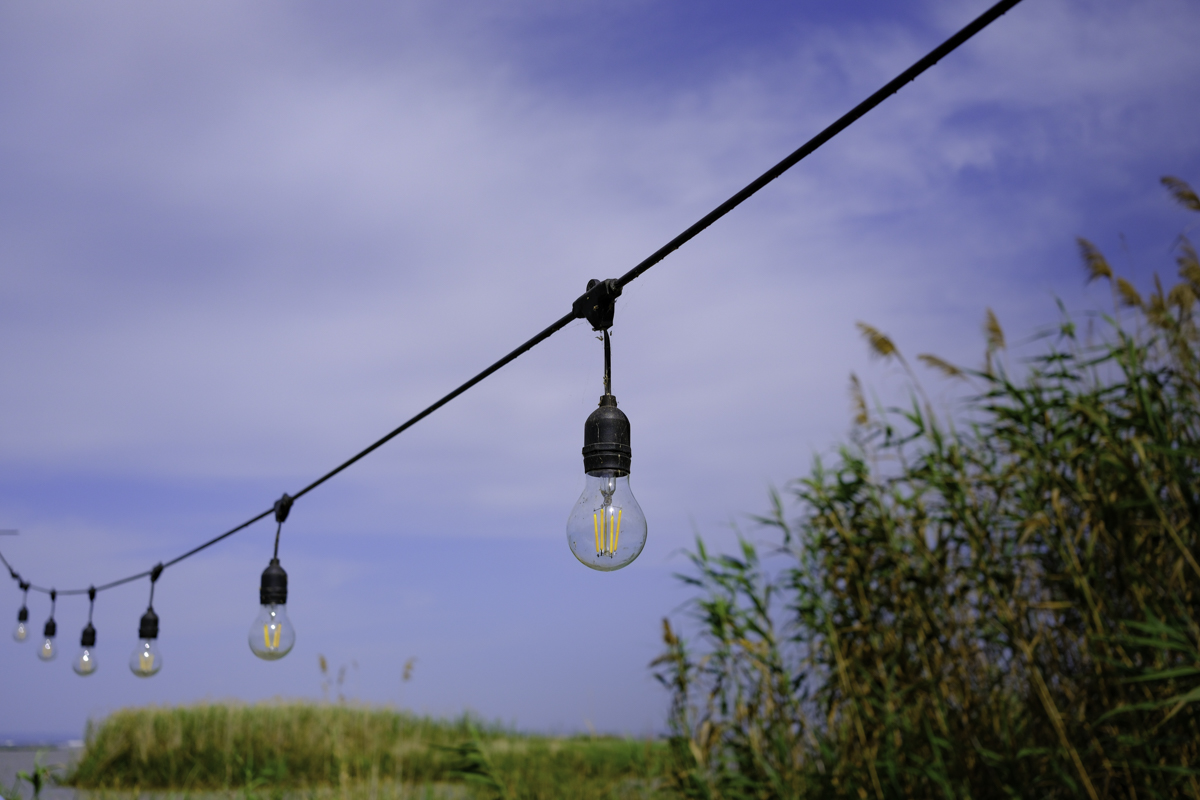
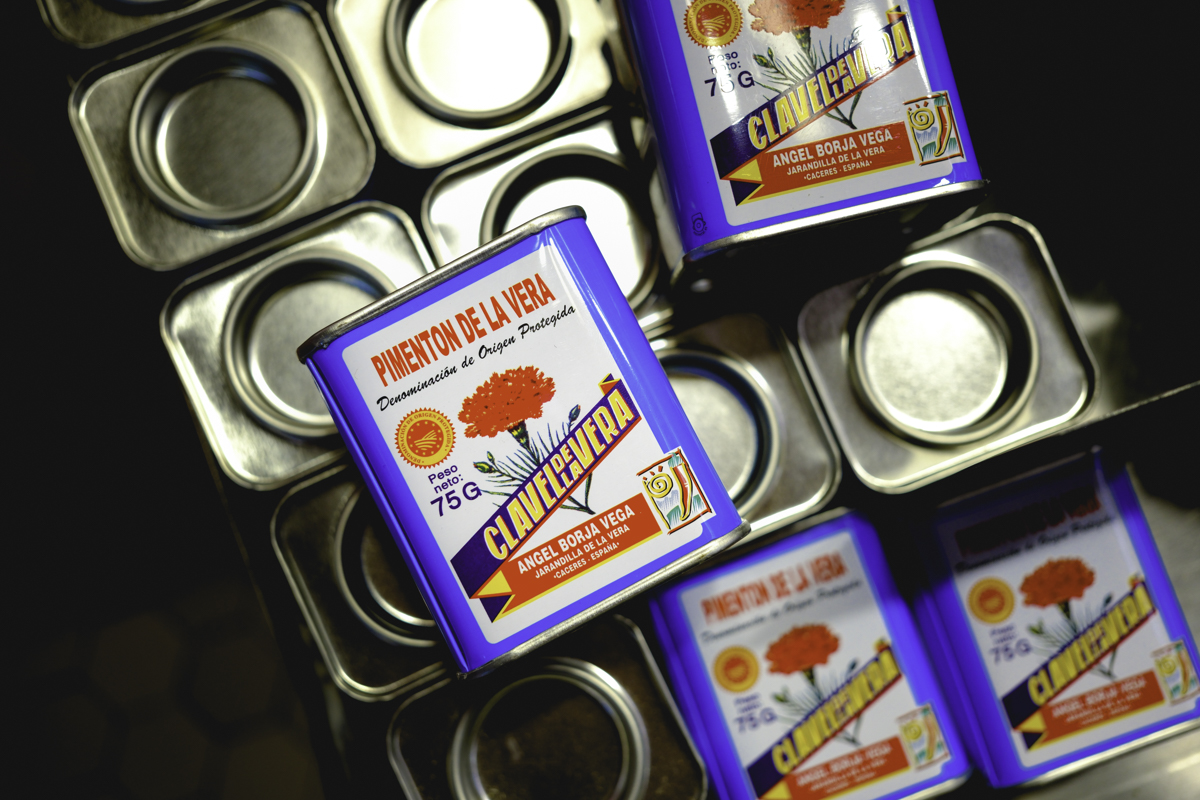
At the heart of the X-E5 lies Fujifilm’s flagship imaging pipeline: the 40.2-megapixel back-side illuminated X-Trans CMOS 5 HR sensor paired with the high-speed X Processor 5. This is the same technology found in Fujifilm’s top-tier models like the X-H2 and X-T5, and it brings exceptional resolution, dynamic range, and colour science to a much smaller and more affordable package.
Still photographers benefit from the inclusion of 10-bit HEIF file formats, a base ISO of 125, and class-leading detail retention, even in challenging light. For video creators, there's internal 6.2K at 30p, 4K at 60p, and high-frame-rate Full HD recording up to 240p. With 10-bit 4:2:2 internal recording, F-Log2 support, and compatibility with ProRes and Blackmagic RAW via external recorders, the X-E5 is a serious tool for hybrid shooters, not just an enthusiast’s sidearm.
How It Compares: X-E5 vs. X100VI
Of course, with all these shared specs, it’s fair to ask what differentiates the X-E5 from its fixed-lens counterpart, the X100VI.
There are some subtle but meaningful distinctions. Most notably, the X100VI includes weather sealing, though only when combined with the optional AR-X100 adapter ring and PRF-49 protective filter. Out of the box, neither camera is fully sealed, but the X100VI offers more potential resistance to the elements if you're willing to accessorise. The X-E5, by contrast, does not include any weather sealing, but when paired with Fujifilm's weather-resistant lenses, you can still build a durable setup for a variety of conditions.
Another standout feature of the X100VI is its built-in 4-stop neutral density filter, a handy inclusion for shooting wide open in bright sunlight or achieving long exposures without extra gear. The X-E5 doesn’t include an ND filter, but of course, ND filters are readily available for any lens you choose, offering the same creative control, albeit with one more step of preparation.
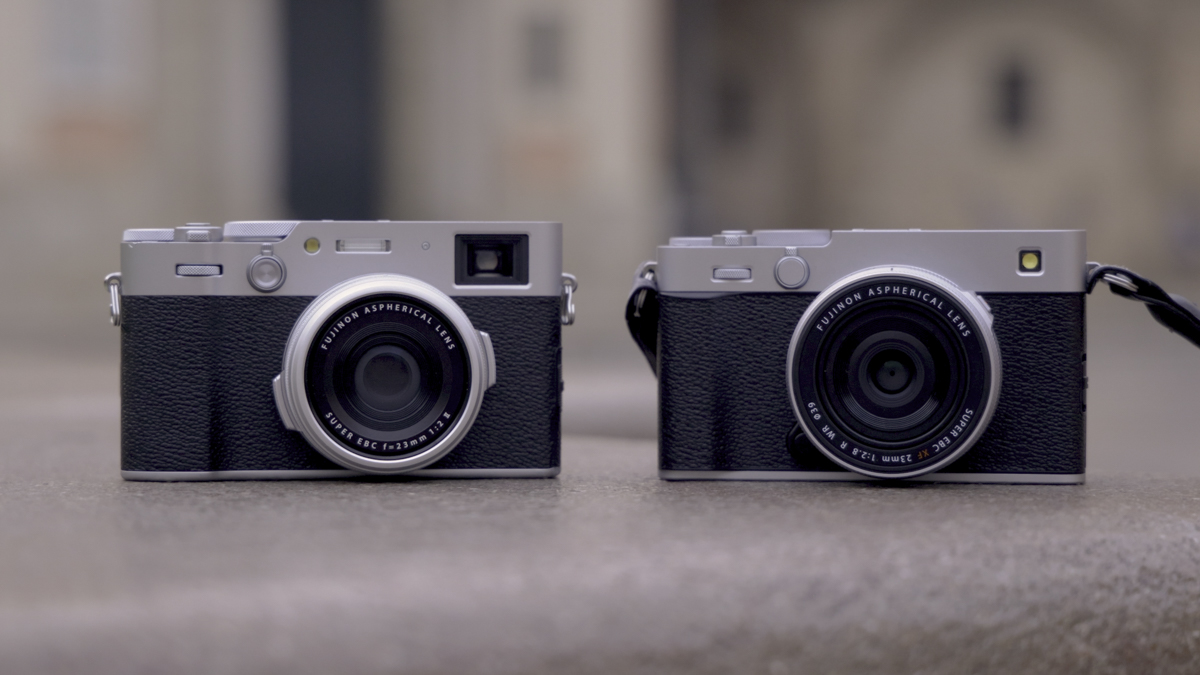

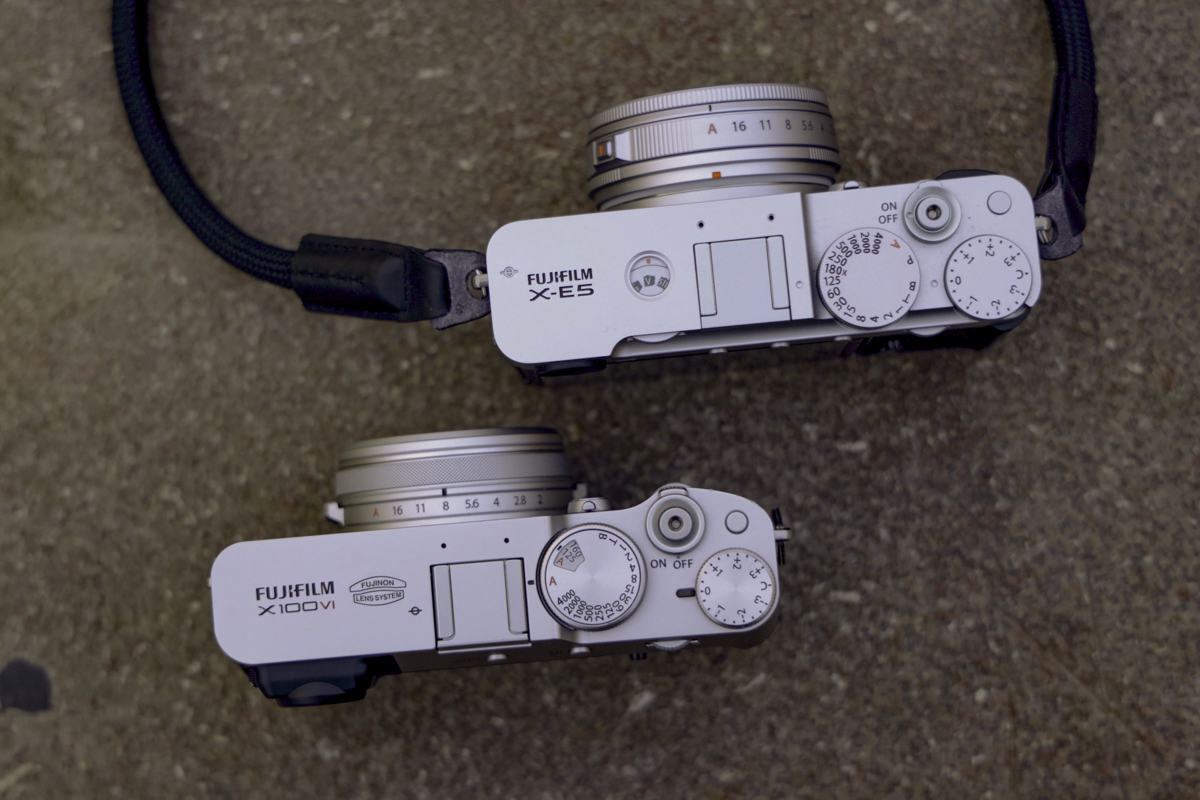
There’s also the question of controls. The X100VI features a distinctive ISO dial nested into the shutter-speed knob, paying homage to vintage cameras. The X-E5 omits this in favour of menu-based ISO selection, which some users may find faster and less fiddly in practice. It keeps the top plate cleaner, while still offering direct access to shutter speed and exposure compensation.
In the end, these aren’t so much limitations as they are differences in design philosophy. The X100VI is a refined, integrated tool with a specific shooting style in mind. The X-E5 is about flexibility, an open invitation to shape the camera around your vision.
New Style Film Simulation Dial
A standout feature debuting in the X-E5 is the newly designed film simulation dial, located on the top plate of the camera. Unlike previous models that required diving into menus, this physical control gives you immediate access to Fujifilm’s most beloved looks, including Provia, Velvia, Astia, Classic Chrome, Acros, and the new Reala Ace.

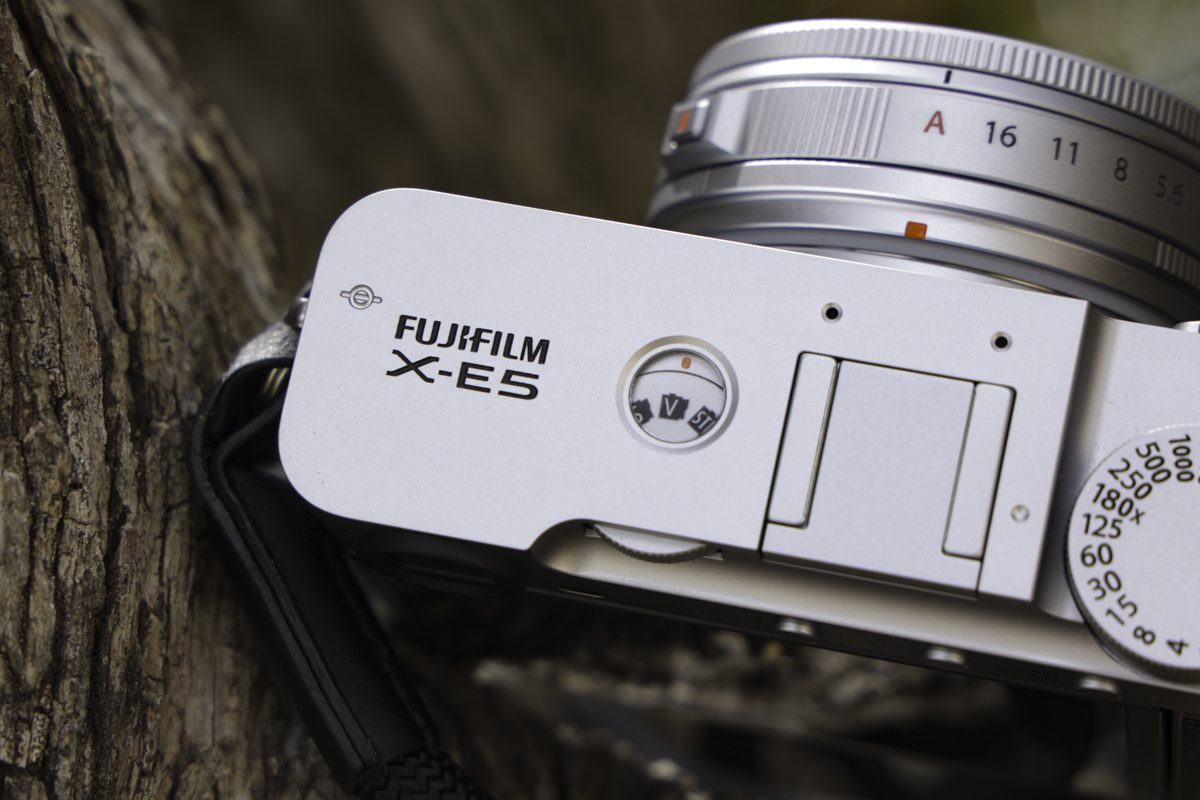
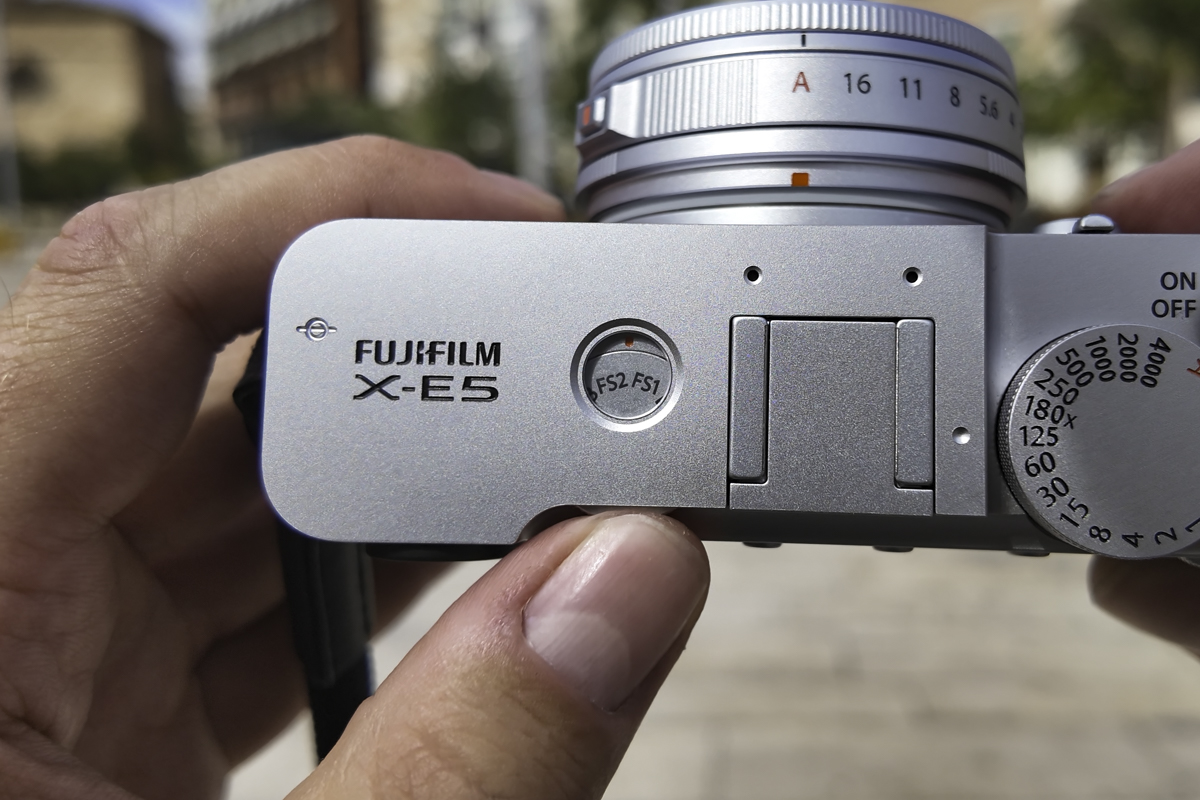
For the first time in the X-E series, in-body image stabilisation (IBIS) is included, offering up to 7 stops of correction at the centre of the frame and 6 stops at the edges. This is a huge leap forward for handheld shooting, whether you're capturing street scenes at dusk or filming while walking. It also makes the X-E5 even more appealing as a compact video tool, eliminating the need for gimbals or stabilised lenses in many situations.
Combined with the lightweight XF 23mm lens or the pancake 27mm, the X-E5 becomes an ideal walkaround camera, ready for spontaneous creativity, even in low light.
Refined Viewfinder and LCD Experience
Though it forgoes the hybrid optical/electronic viewfinder of the X-Pro line, the X-E5’s 2.36 million-dot electronic viewfinder still provides a detailed and colour-accurate display. A delightful addition is the Classic Display Mode, which mimics the appearance of vintage cameras by showing exposure compensation as an analogue-style needle and simplifying shutter speed, aperture, and ISO information. It’s a small touch that adds emotional resonance to the act of composing a photo.
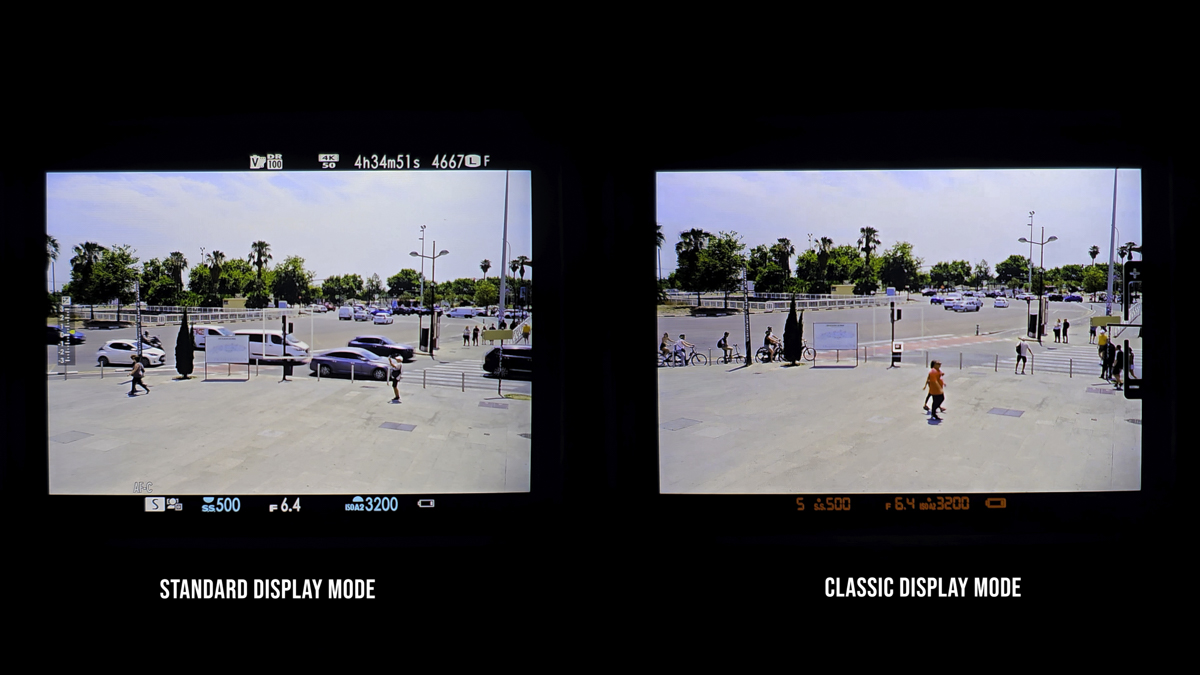
New Controls: Aspect Ratio and Digital Teleconverter
Borrowing inspiration from the GFX100R, the X-E5 includes a new control lever on the front of the body. This versatile switch allows you to quickly change aspect ratios, with options to overlay your frame with black borders or subtle grey guidelines, perfect for visualising crops for print or social media in real time.
The same lever also activates the digital teleconverter, providing 1.4x and 2x magnification options. While this doesn’t match the optical quality of an actual telephoto lens, it’s useful for on-the-fly reframing, especially when your subject is just out of reach.
Connected and Ready for the Workflow
Modern photographers expect seamless connectivity, and the X-E5 delivers. Bluetooth and Wi-Fi are built in, supporting direct upload to Frame.io workflows, a major win for professionals working in collaborative environments. It also functions as a 4K webcam when connected via USB-C, and offers micro HDMI, microphone input, and charging/data transfer all through the same port.
Battery life is solid, with the NP-W126S battery providing around 400 stills or 70 minutes of 4K video. The single SD card slot supports UHS-II cards, offering fast write speeds for high-bitrate video and burst shooting.

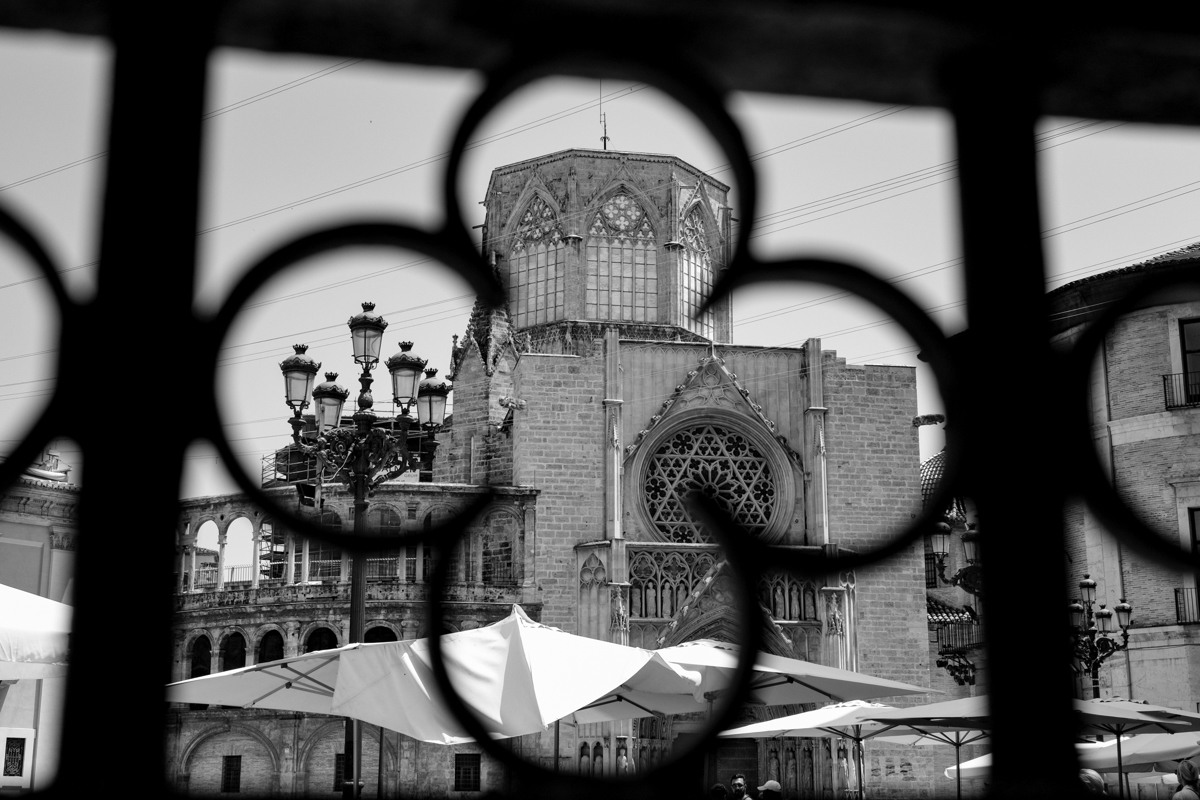

While it may not carry the prestige of the X-Pro line or the integrated elegance of the X100VI, the Fujifilm X-E5 doesn’t need to. It carves out its own identity, offering much of the same imaging power and charm, but in a more flexible, compact, and affordable body.
It’s the kind of camera that disappears into your bag, but never holds you back. Whether you're a seasoned Fujifilm user looking for a capable second body, or someone entering the X-Series world for the first time, the X-E5 makes a compelling case. This isn’t just a camera that borrows the spirit of the X100VI, it’s one that builds on it in new and meaningful ways.
Check out our full video below.
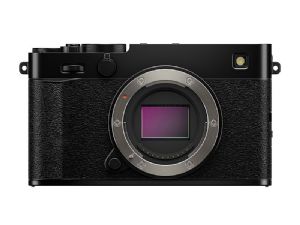
Fujifilm X-E5 Body Black
- 2 Year Fujifilm Warranty
- New Film Simulation Dial
- 20 Built-In Film Simulations
- EVF with Classic Display Mode
- 40.2 megapixel X-Trans CMOS 5 HR Sensor
- Up to 7 stops of In Body Image Stabilisation
- X-Processor 5 Image Processing Engine
- Updated AF & Subject Detection
- 1/180,000 Electronic Shutter
- 6.2K/30P, 10-bit 4:2:2 Internal Video
- 3" Tilting touch LCD monitor
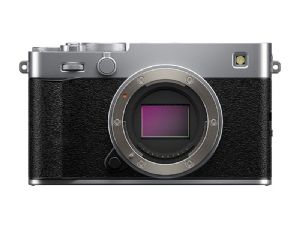
Fujifilm X-E5 Body Silver
- 2 Year Fujifilm Warranty
- New Film Simulation Dial
- 20 Built-In Film Simulations
- EVF with Classic Display Mode
- 40.2 megapixel X-Trans CMOS 5 HR Sensor
- Up to 7 stops of In Body Image Stabilisation
- X-Processor 5 Image Processing Engine
- Updated AF & Subject Detection
- 1/180,000 Electronic Shutter
- 6.2K/30P, 10-bit 4:2:2 Internal Video
- 3" Tilting touch LCD monitor
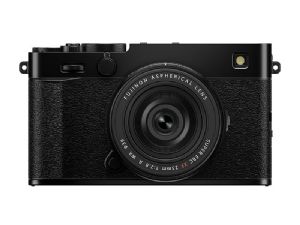
Fujifilm X-E5 + XF23mm f2.8 Pancake Lens Black
- 2 Year Fujifilm Warranty
- New Film Simulation Dial
- 20 Built-In Film Simulations
- EVF with Classic Display Mode
- 40.2 megapixel X-Trans CMOS 5 HR Sensor
- Up to 7 stops of In Body Image Stabilisation
- X-Processor 5 Image Processing Engine
- Updated AF & Subject Detection
- 1/180,000 Electronic Shutter
- 6.2K/30P, 10-bit 4:2:2 Internal Video
- 3" Tilting touch LCD monitor
- XF23mm f2.8 Pancake Lens Black
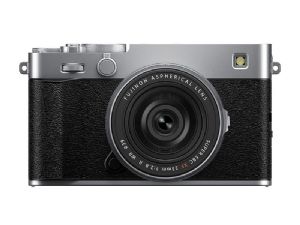
Fujifilm X-E5 + XF23mm f2.8 Pancake Lens Silver
- 2 Year Fujifilm Warranty
- New Film Simulation Dial
- 20 Built-In Film Simulations
- EVF with Classic Display Mode
- 40.2 megapixel X-Trans CMOS 5 HR Sensor
- Up to 7 stops of In Body Image Stabilisation
- X-Processor 5 Image Processing Engine
- Updated AF & Subject Detection
- 1/180,000 Electronic Shutter
- 6.2K/30P, 10-bit 4:2:2 Internal Video
- 3" Tilting touch LCD monitor
- XF23mm f2.8 Pancake Lens Silver




